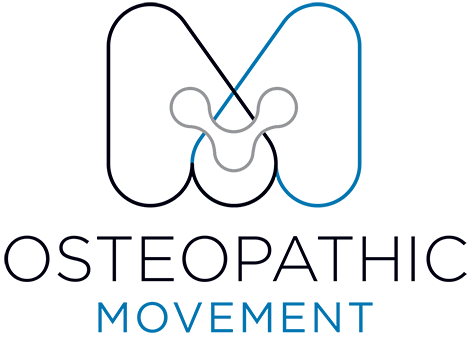Pain Explained
Understanding Pain: Why It Exists and How Osteopathy Can Help
We all experience physical pain at some point in our lives — but how much do we really understand about it? Pain isn’t just a physical sensation; it’s a complex and individualised experience shaped by biology, psychology, and environment.
The same injury can cause different levels of pain in different people, depending on factors like pain sensitivity, stress levels, previous injuries, and even emotional state. This is why no two people’s pain stories are identical.
All Pain Is Created in the Brain
One of the most fascinating truths about pain is that all pain is produced by the brain. When a stimulus (like pressure, heat, or stretch) is detected by the sensory nerves, it sends a signal to the brain. The brain then decides whether this signal represents a potential threat and whether to alert you with pain.
Pain acts as your warning system — the body’s way of protecting itself.
For example:
Touching a hot surface triggers pain so you quickly withdraw your hand before serious damage occurs.
Twisting your ankle in sport causes pain to tell you to stop loading the area so the tissue can heal.
This protective mechanism is vital to prevent further injury.
Acute Pain vs. Chronic Pain
Acute pain refers to discomfort that lasts a few minutes to several weeks. It’s the body’s initial response to injury or irritation, often accompanied by inflammation, muscle tension, swelling, or restricted movement. Acute pain usually settles as the tissues heal.
Chronic pain, on the other hand, persists beyond normal healing time — typically longer than 3 months. Over time, the nervous system can rewire itself, becoming hypersensitive and producing pain signals even when the original injury has healed. This is known as central sensitisation.
Chronic pain can be frustrating, unpredictable, and exhausting. Flare-ups may occur seemingly without cause, and the original source of the pain is often difficult to pinpoint.
Why Identifying the True Cause Matters
In many cases, especially with neck pain, low back pain, or shoulder pain, pinpointing the exact structure responsible can be challenging — the discomfort might stem from joints, discs, muscles, ligaments, or even referred pain from elsewhere in the body.
Your body constantly adapts to asymmetry, weakness, or restricted movement, compensating until it reaches its limit. Once that limit is reached, pain appears — often at the weakest or most overworked point in the chain.
The Osteopathic Approach to Pain
At Osteopathic Movement, our South Yarra osteopaths focus on identifying both the symptomatic area and the underlying cause. Osteopathic treatment combines hands-on techniques with movement and lifestyle advice to restore function and reduce pain.
Typical treatment may include:
Soft tissue massage to reduce muscle tension
Joint mobilisation and manipulation to restore motion
Education and ergonomic advice for daily activity and work setups
Tailored exercise and rehabilitation programs to prevent recurrence
Unlike a quick-fix approach, osteopathy addresses why pain developed — whether due to poor posture, repetitive strain, movement habits, stress, or lifestyle factors like sleep and physical activity.
Take Control of Your Pain
Pain is your body’s way of asking for change. Understanding it — and treating its cause rather than just its symptoms — is the first step toward long-term relief and better movement.
If you’re experiencing persistent or recurrent pain, our experienced South Yarra osteopaths can help identify the cause and guide you toward recovery. Book your appointment online or contact us to start moving and feeling better today.
Written By Dr. Dayne Sweres (B.AppSci(CompMed), M.Osteo)
